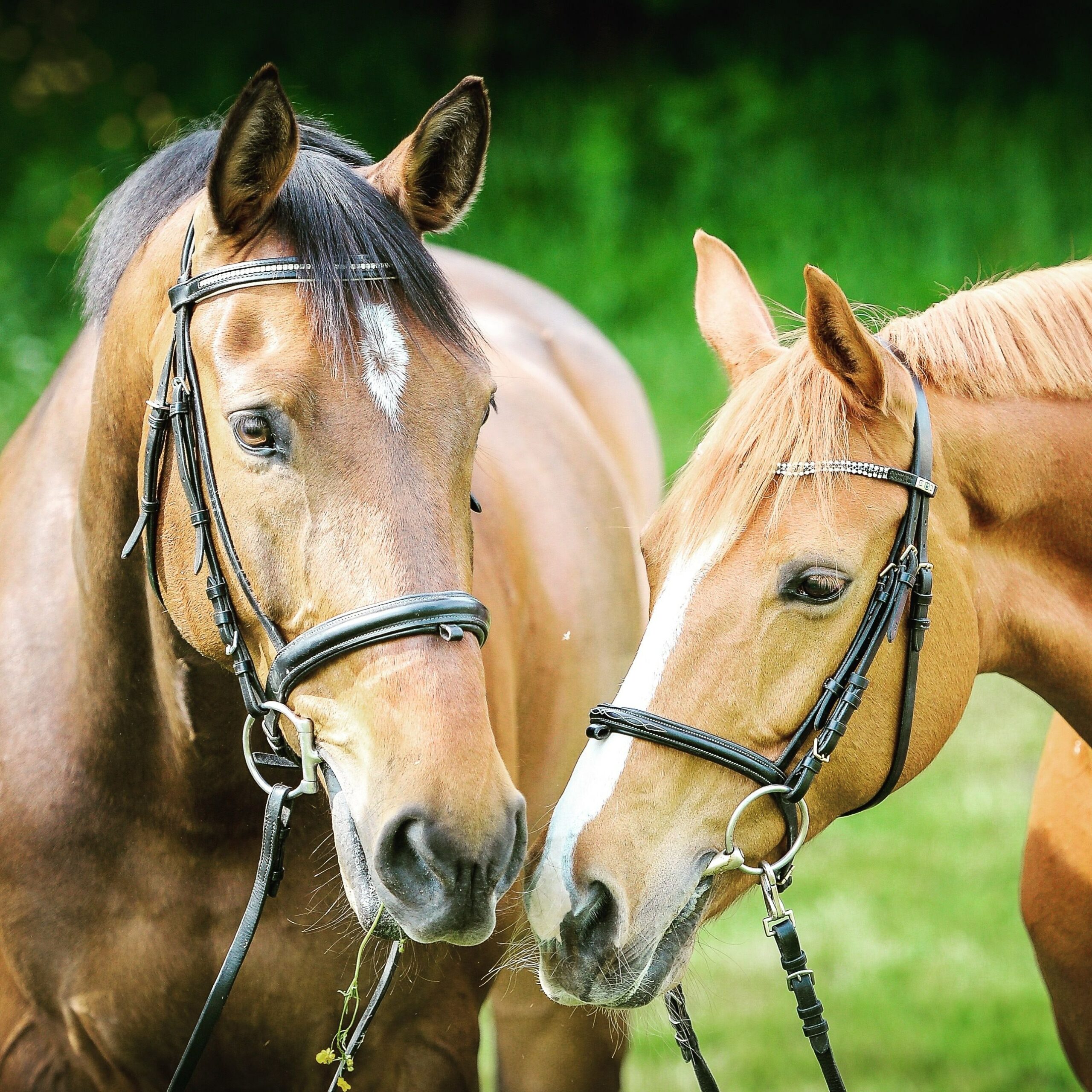A new Swedish study has shown that horses respond better and faster to a bitted bridle than a halter, although they tend fight the bit more. They seem to pay less attention to the rider while wearing a halter – but why?
Marie Eisersiö of the Faculty of Veterinary Medicine and Animal Husbandry at the Swedish University of Agricultural Sciences, in Uppsala, investigated how horses respond to a rein and a bit, compared to a rein and halter. They wanted to better understand how tension on different equipment affects horses, and what handlers could do to help improve their training.
Eiserö and her team found that horses have a better, and especially faster, response when using a bitted bridle rather than a halter. Even though they tend to fight the bit more, the light tension on the reins with a bitted bridle resulted in a more active response from horses. Horses seemed to pay less attention to their handlers when wearing a halter, due to having different experiences with bridles and halters.
“The bit is a sharper tool, and generally when people go to the store to get a more severe bit, it’s because they want more control of their horse. So that means the horse is being controlled through pain, basically, which is not okay.”

Rein Tension With Halters And Bits
Eiserö and her team worked with 20 riding school mares and geldings, ranging from 4 to 15 years old. They used a rein tension meter to measure how much backwards pulling force the horses would accept on the reins. The horses were tested 8 times with a flat-band, and then another 8 times in their usual bridles with a snaffle bit.
The horses in the experiment seemed to respond to less rein tension when they had a bit. But the horses seemed to toss their heads and open their mouths more, almost as if they were trying to avoid the bit in their mouths. Multiple horses also tried to yank the reins away, to get relief from the rein tension.
Horses that have been trained properly should be able to understand that following cues leads to relief from tension, but especially in riding school horses, relief often comes from bad behaviour that forces the handler to loosen the reins. And while wearing a halter, the horses seemed to almost daydream, seeing as they may associate a halter with non-training, and were thus more concentrated on their surroundings instead of rein signals.
These studies do not suggest that people shouldn’t use bits, but rather that bits should be viewed as a tool that can cause horses discomfort. It is important that the hands holding the reigns understand how to use these tools without causing pain. Learning, training and riding is all about communication, and not about forcing a horse through discomfort.
Source: The Horse
